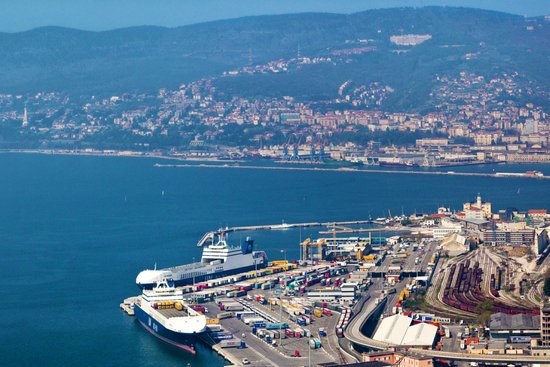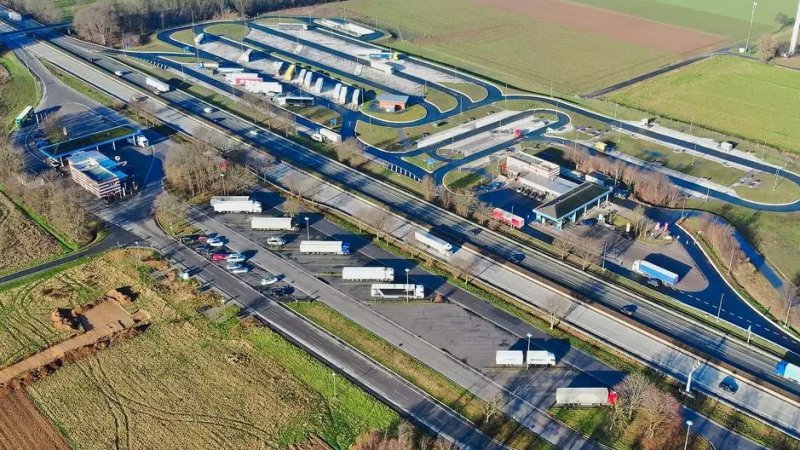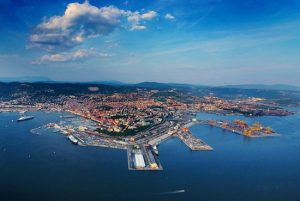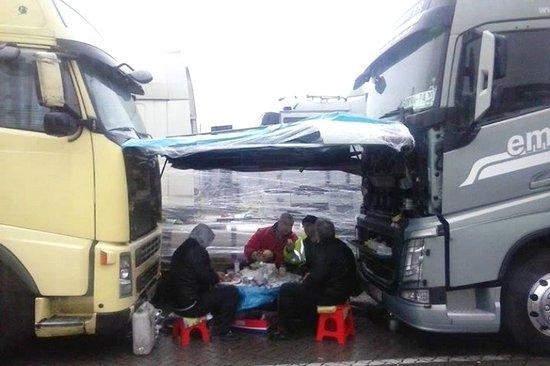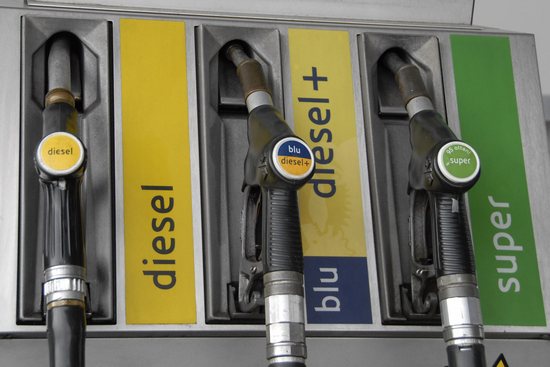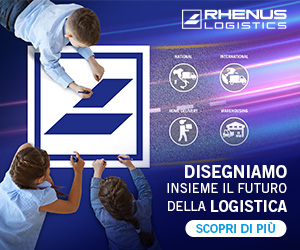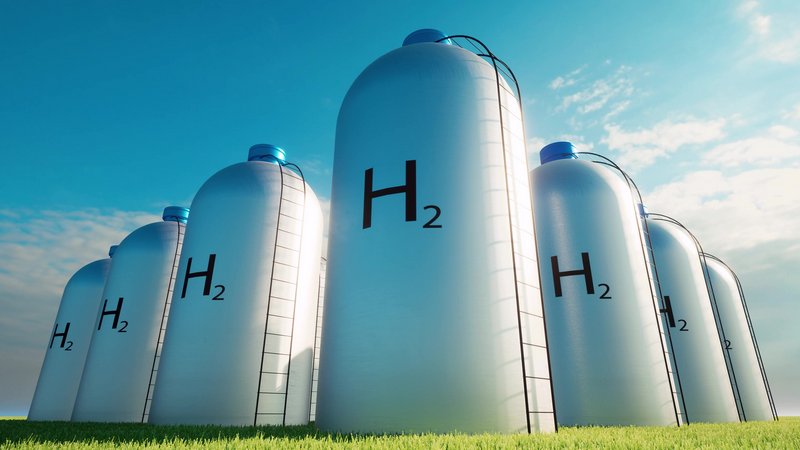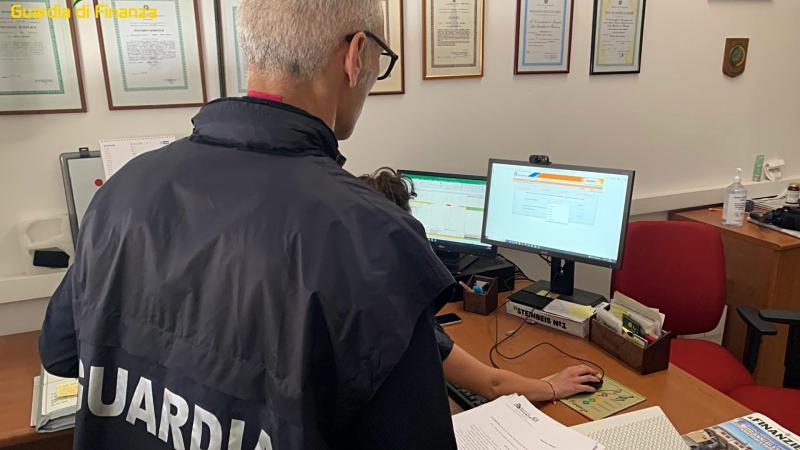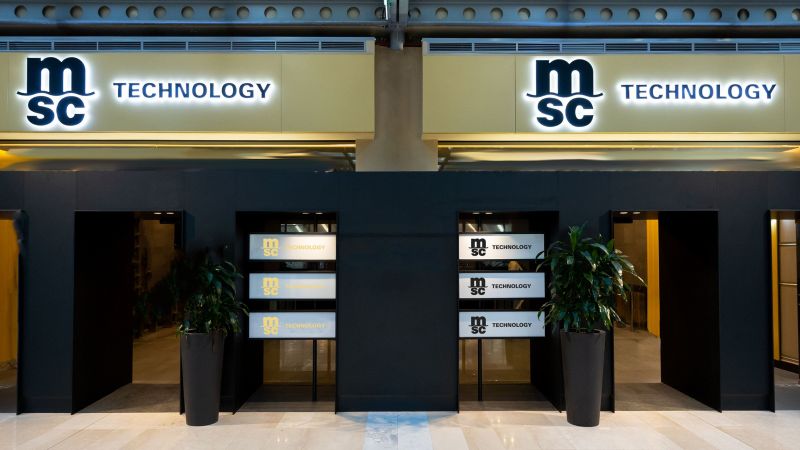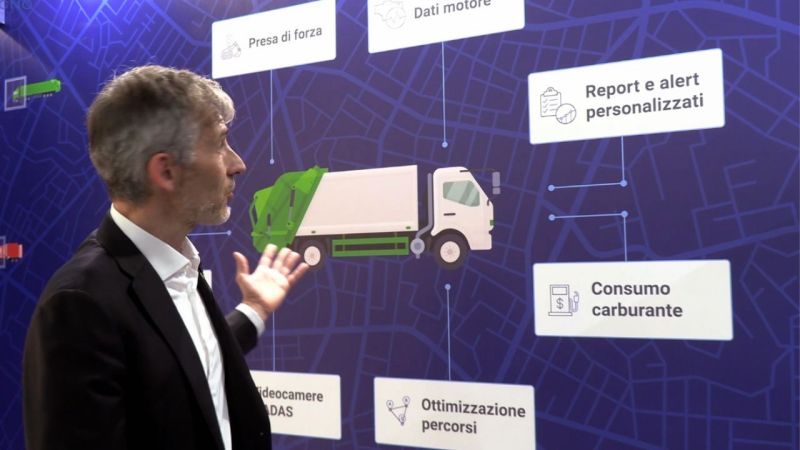On November 7, 2024, theItalian Interministerial Committee for Economic Planning and Sustainable Development took an important step forward by approving the financing of €206.9 million for the first phase of the construction of Pier VIII at the Port of Trieste. According to Vittorio Torbianelli, the extraordinary commissioner for the ports of Trieste and Monfalcone, this is "a milestone of great value for our port." The construction of Pier VIII represents the main growth objective for the port, as it is essential to ensuring the development of maritime traffic and serving a significant area in Central and Eastern Europe.
The technical and economic feasibility plan presented by Icop, Hhla Plt Italy, and Logistica Giuliana companies envisions, in its first phase, the creation of a large terminal dedicated to container handling, as planned by the Port Master Plan approved in 2016. Pier VIII will be equipped with an 860-meter-long and 100.5-meter-wide quay with a depth of 17 meters, allowing it to accommodate container ships of up to 24,000 TEU. The quay will be connected to a storage area of approximately 167,000 square meters, divided between 126,000 square meters on an elevated deck and 41,000 on reclaimed land. The terminal will feature advanced technology, including ship-to-shore cranes and automated handling systems.
The project is based on a public-private partnership involving a total investment of €315 million, of which €206.9 million will be covered by public funding (approved by Cipess) and the remaining amount by private investors. "The public-private partnership involves signing a long-term contract, with the total cost of the intervention set at €315 million," explained Torbianelli. During its November 7 meeting, Cipess expressed its view on the convenience and feasibility of the plan, a necessary step towards the Ministry of Transport's funding decree.
According to forecasts, the first operational phase of Pier VIII is expected to be completed by 2027, with an initial handling capacity of 500,000 TEU per year. The project is designed to allow for the terminal's future growth, eventually reaching a total capacity of 1.6 million TEU per year and playing a crucial role in developing maritime access to Southern Europe.
Torbianelli emphasized the value of "a project which, following those under the PNC/PNRR, once again sees our port system recognized by the Government as a strategic area for Italy's role in European maritime logistics, enhancing the Trieste model based on public-private collaboration and the sustainable integration of maritime and rail/intermodal systems."
The project also includes reclamation work on the affected areas, the construction of a new commercial railway station in Servola, and the upgrading of road infrastructure, with the aim of minimizing environmental impact and promoting sustainable logistics. Currently, Environmental Impact Assessment procedures are underway, along with preliminary activities for the start of construction.


